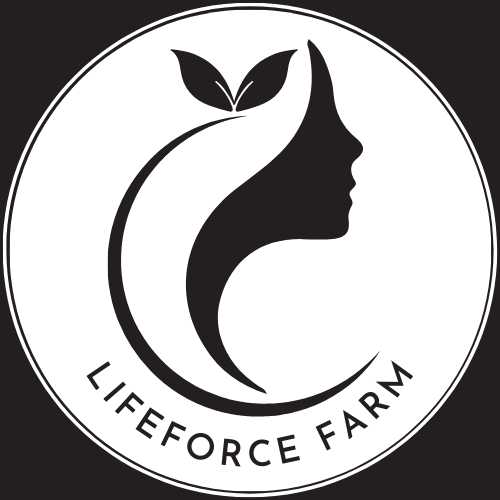Why Eating Soil Grown Food Is Sooo Important!
History
I spent my late teens and early 20s peering down microscopes as an undergraduate Clinical Biochemistry and Microbiology student…verrry nerdy!
It was here that I learned about the immense world of microbes, fungi, yeasts….and how plants, microbes, humans and animals have evolved together.
Symbiosis
The plants, and the microbiology of the soil have evolved symbiotic relationships overtime which exchange plant sugars (food for microbes) for essential nutrients (food for plants), in the plant roots and nodules, and through vast underground fungal networks…providing the soil structure is still intact. This is a vital understanding, as plants need many trace elements and nutrients that may not be present in the soil where they are growing.
Why we need living soils
Having biologically active soil, which organic regenerative agricultural practices ensure, mean that the plants can source any nutrient that they require for their growth and health from the biology present in the soil. It also means that the plants can also communicate with each other over vast distances, thus warning of potential challenges coming, enabling plants to make biochemical changes to adapt to the challenge and create resistance within the plant, thus making them healthier, and increase their survival chances. This health in the form of plant biochemistry is then passed on to us .
Immunity
In the field there are many potential challenges to a small seed as it grows to be a seedling and then a mature plant. It will experience extreme climatic events, pests, sunlight, pathogens, insects, weeds, animals, butterflies, birds, bees, humans, children – and all of life… When a plant is under attack from a pathogen or other threat, the plant will have an immune response creating different biochemistry (not exactly the same way that we do, however protective chemicals are sourced from the active biology present in the soil, and generated from within the plant, as well as the beneficial microbes which consume the pathogen or produce antibiotics at the site of the infection).
What this means for us
When the plant overcomes the challenge, it has increased its resilience, health and nutrient density in its chemistry, which is passed on when consumed, increasing our health in kind. Thus the soil-grown plant has access to all 90+ elements, trace element and nutrients and medicines that may be required for its health, and indeed for ours.
I continue to be fascinated by these connections, and by learning more about increasing the biology of the soil, so it becomes more biologically active and grows more resilient, vibrant, alive, food and flowers.
Copyright 2019: Sheia Kalima Kironn
